
Africa is a continent rich in history and culture, yet many of its breathtaking historical ruins remain relatively undiscovered. These ancient sites, hidden across diverse landscapes, offer a window into the past of vibrant civilizations that once thrived on African soil.
The Enigmatic Ruins of Great Zimbabwe
Located in the southeastern hills of Zimbabwe, Great Zimbabwe is a remarkable stone city that dates back to the 11th century. Its formidable architecture and intricate stonework reflect the socio-political and economic prowess of the Shona people.
Covering an area of 7.22 square kilometers, Great Zimbabwe was the capital of the Kingdom of Zimbabwe during Late Iron Age. This UNESCO World Heritage Site whispers tales of a once-thriving metropolis, bustling with trade and commerce.
The Legendary City of Timbuktu
Known as the birthplace of Islamic learning and a thriving commercial hub during the 15th and 16th centuries, Timbuktu is nothing short of legendary. It is situated near the Niger River in Mali and home to centuries-old manuscripts and mosques.
Despite challenges such as desertification and political turmoil, Timbuktu’s enduring legacy continues to inspire awe in historians and travelers alike.
Venture into the Rock-Hewn Churches of Lalibela
The town of Lalibela in Ethiopia is famous for its monolithic churches carved entirely out of rock, believed to have been commissioned by King Lalibela in the 12th century. These architectural wonders were intended to recreate Jerusalem’s spiritual ambiance.
Eleven churches make up this UNESCO World Heritage Site, each uniquely designed and standing as a testament to medieval Christian heritage and ingenuity.
Delving into the Ancient Kingdom of Aksum
The Kingdom of Aksum, located in modern-day northern Ethiopia, was one of the great civilizations of the ancient world, thriving between the 1st and 7th centuries AD. The Aksumite Empire was known for its monumental obelisks, impressive trading, and the adoption of Christianity.
Visitors can marvel at the Aksum Stelae Park, one of the most recognizable remnants, representing the empire’s grandeur and engineering feats.
Kondoa Rock-Art Sites: A Journey Back in Time
Hidden in the Tanzanian bush, the Kondoa Rock-Art Sites offer insights into hunter-gatherer societies dating back thousands of years. The richly symbolic artwork reflects the spiritual beliefs and everyday activities of ancient peoples.
The depictions found in the Kondoa vicinity form part of UNESCO’s World Heritage sites, maintaining historical relevance and beauty despite the test of time.
Preservation Efforts in Today’s Context
While these ruins remain largely untouched, preservation efforts are crucial. Addressing challenges like urban development, environmental changes, and lack of resources is key to safeguarding these precious historical sites.
International cooperation, funding, and raising awareness about the cultural significance of these sites are ongoing tasks to ensure future generations can experience Africa’s invaluable heritage.
Each of these sites tells a story, not just of past grandeur but of deeply rooted traditions, spirituality, and human resilience.
Africa is a continent rich in history and culture, yet many of its breathtaking historical ruins remain relatively undiscovered. These ancient sites, hidden across diverse landscapes, offer a window into the past of vibrant civilizations that once thrived on African soil. 
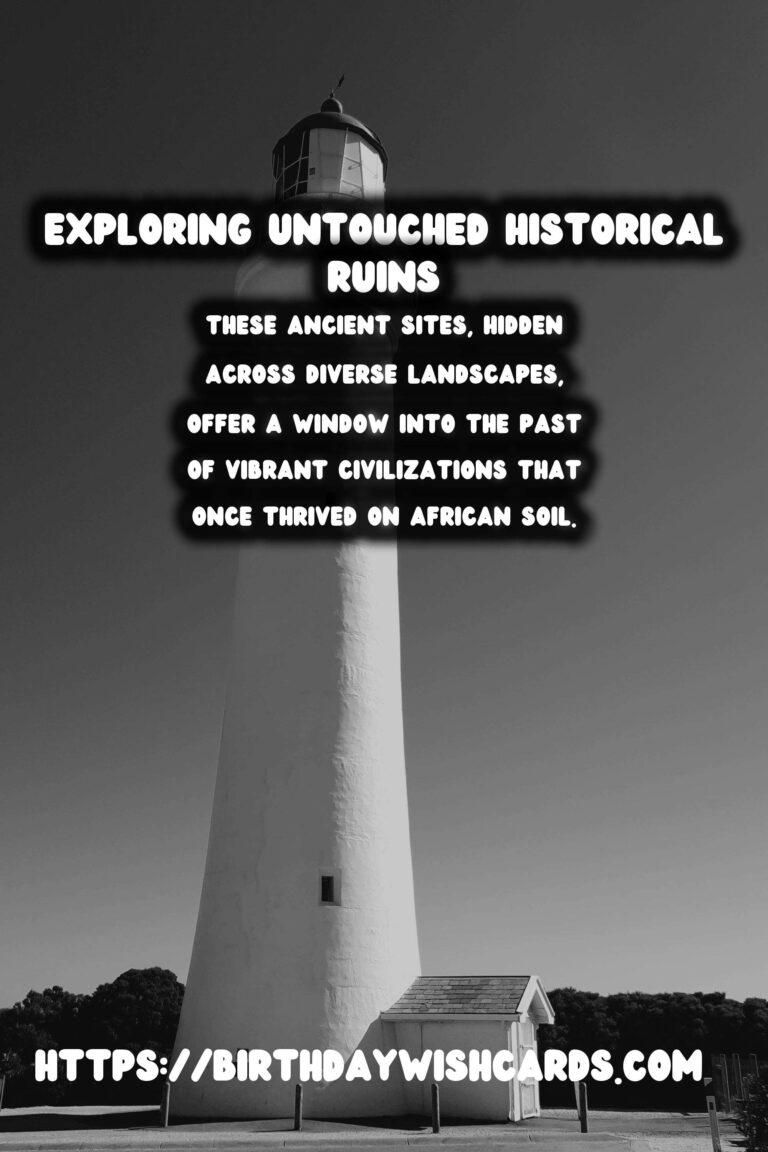

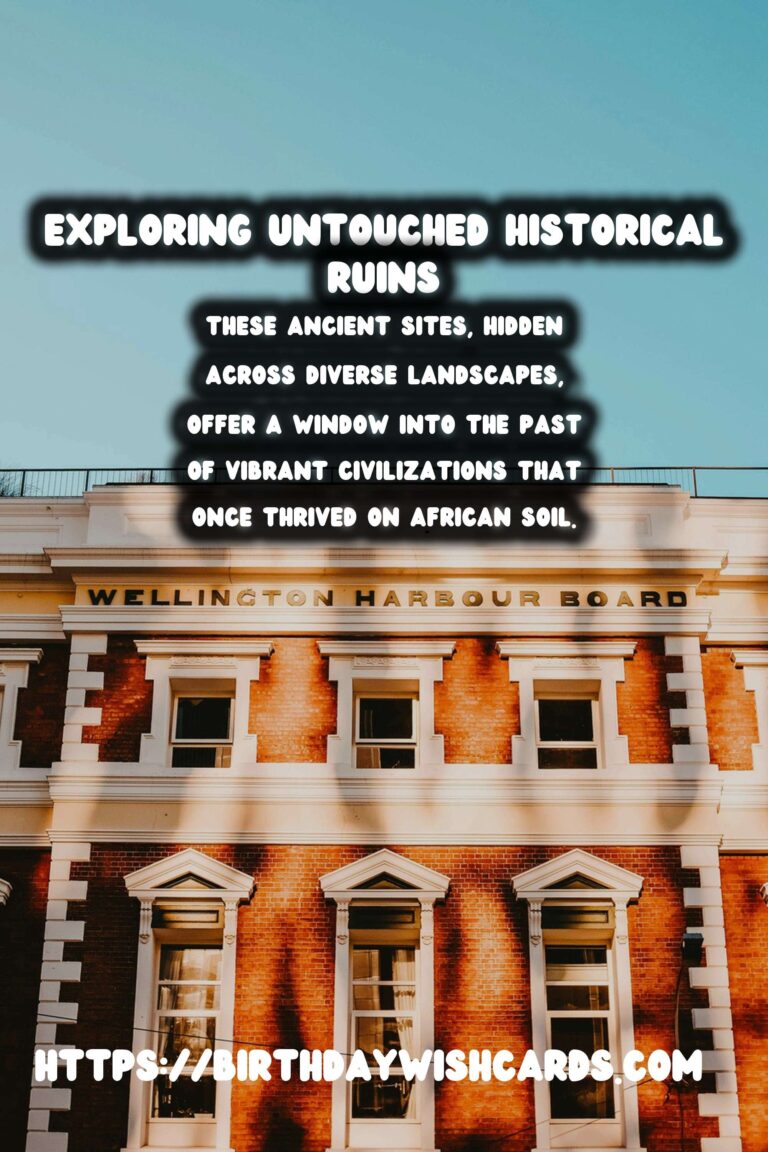
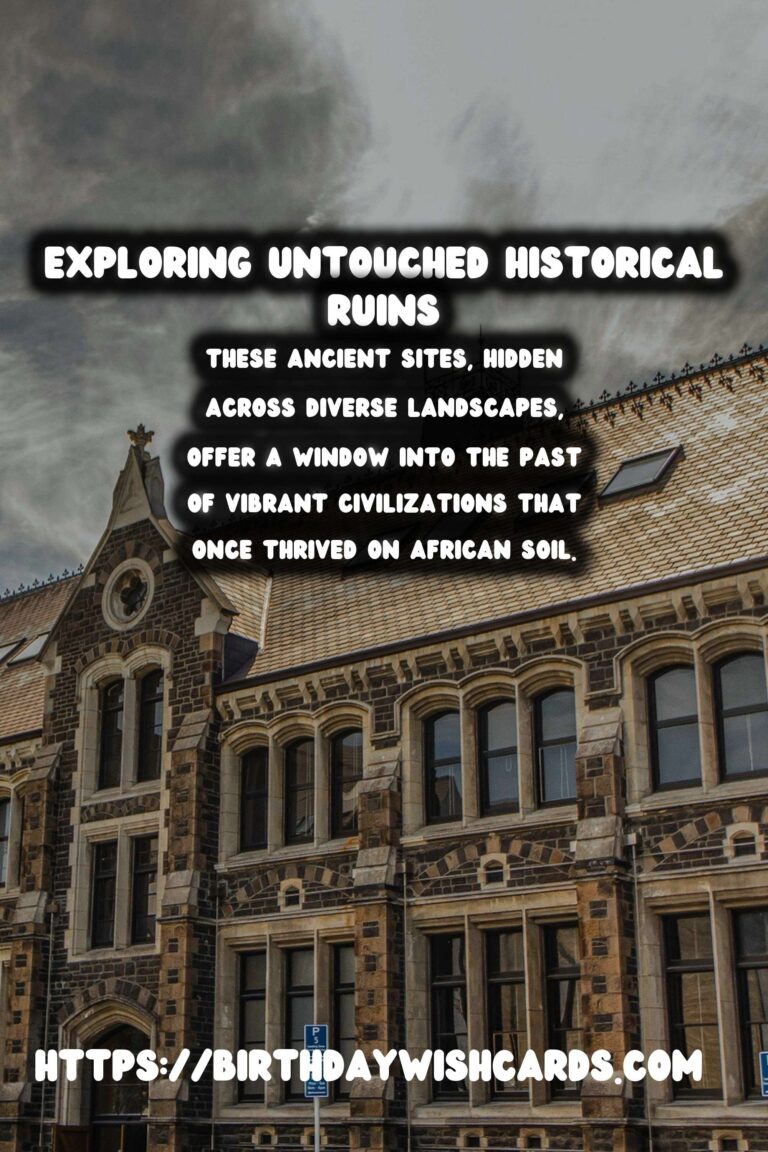
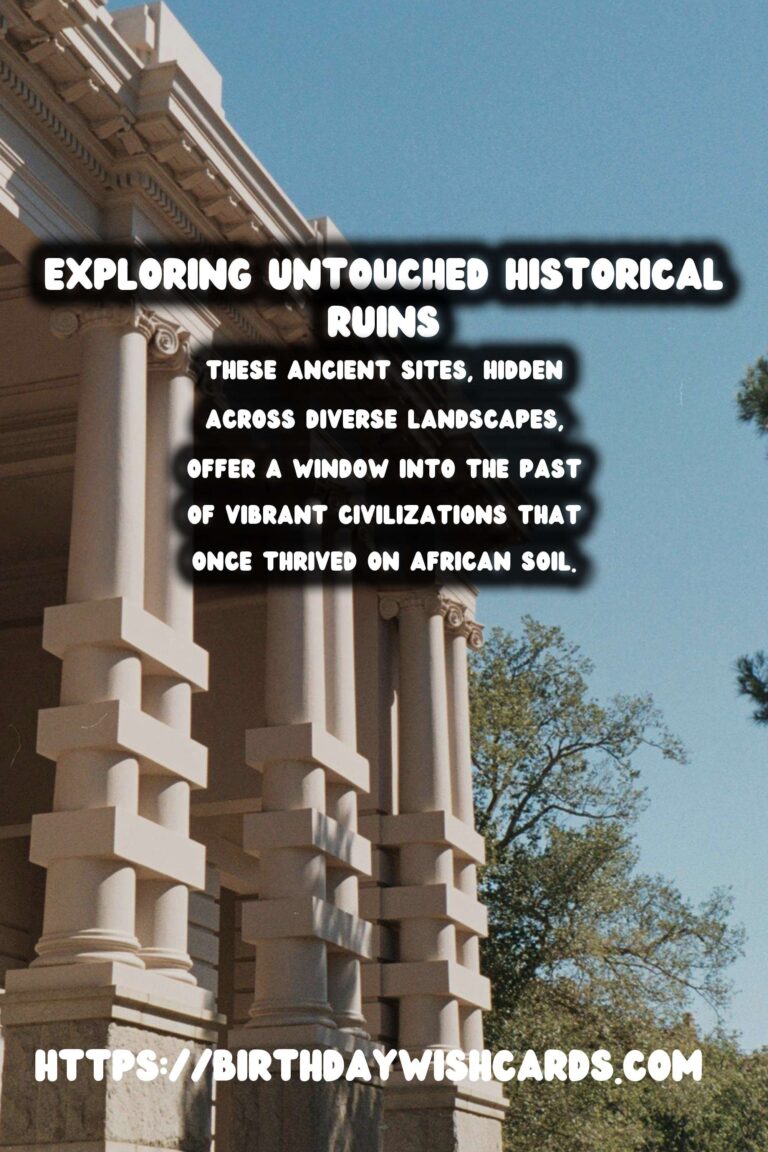
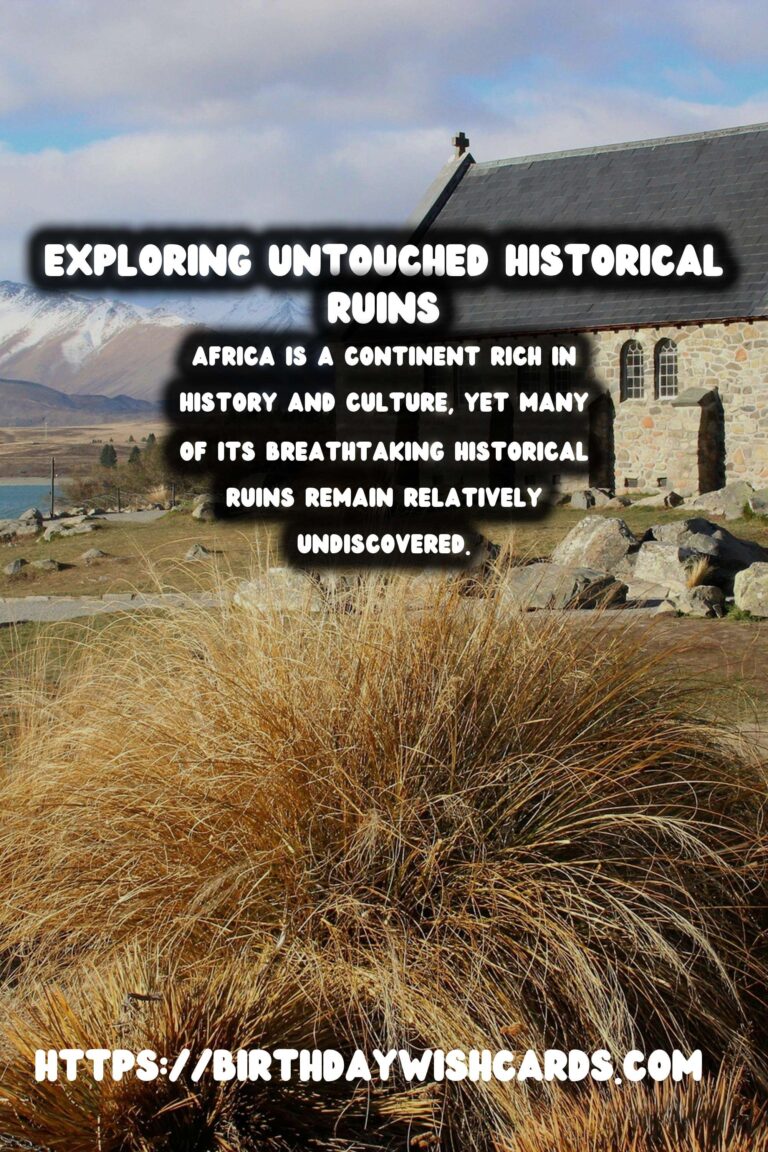
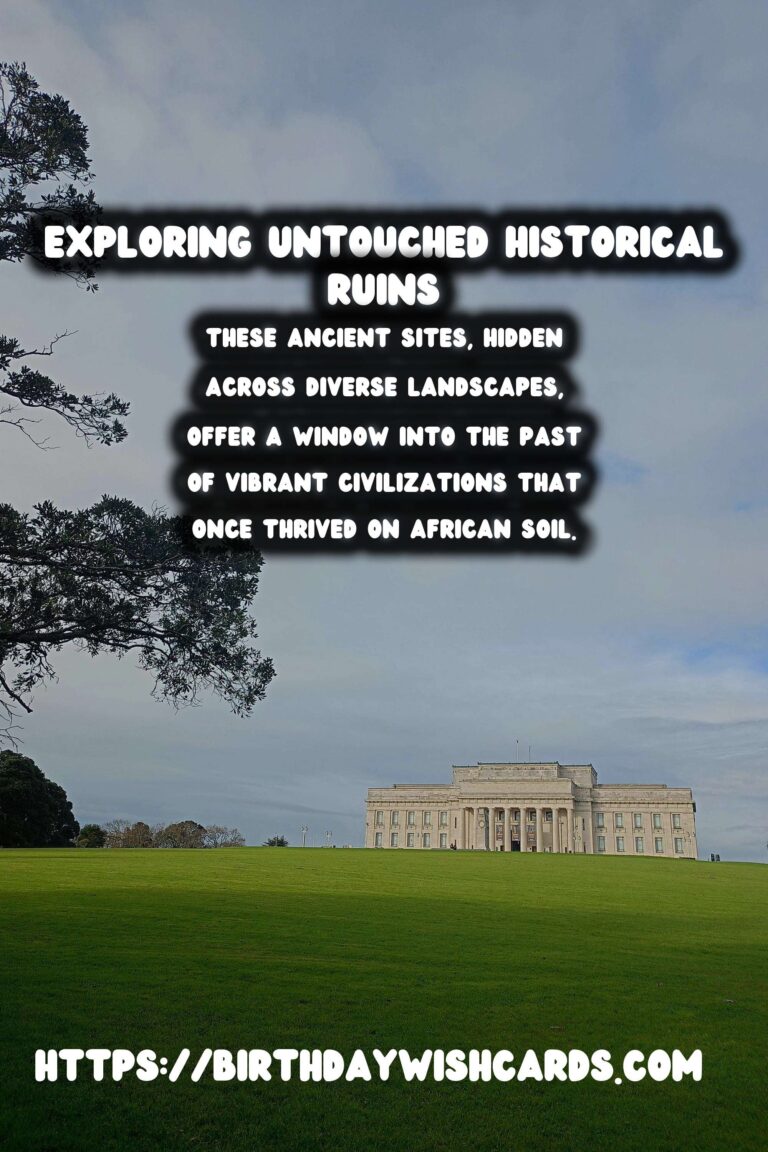
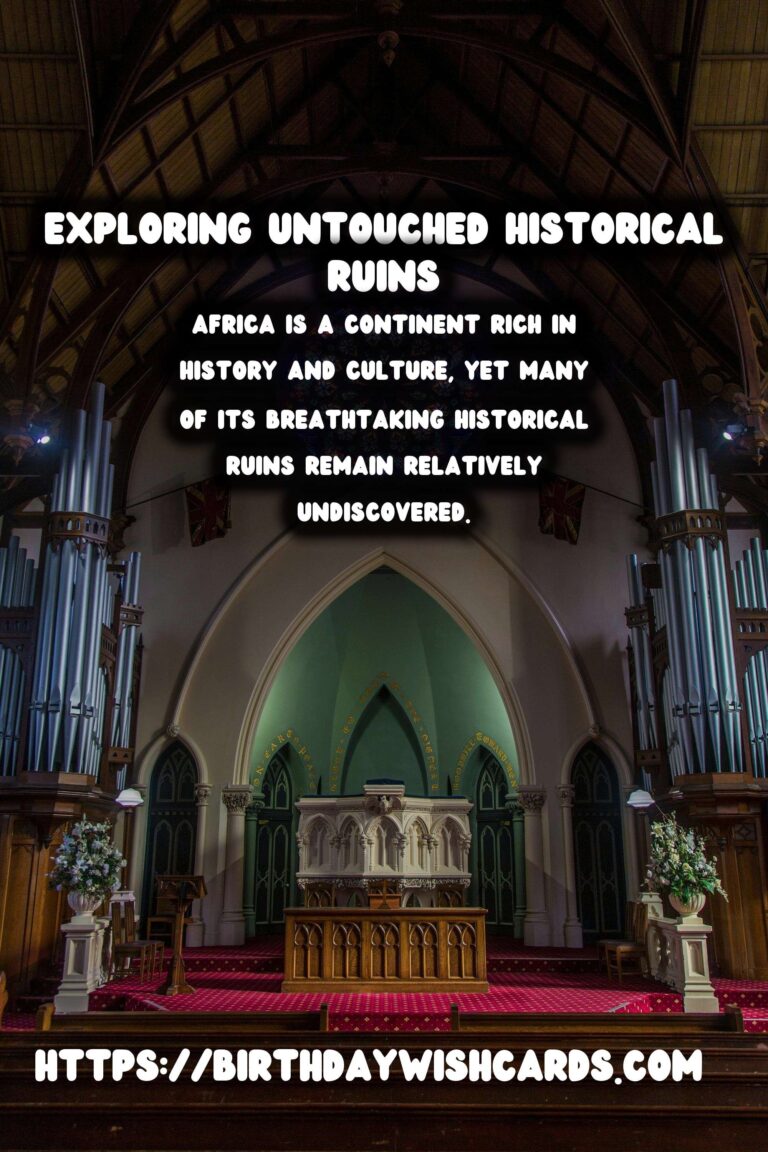

#HistoricalRuins #AfricanHeritage




